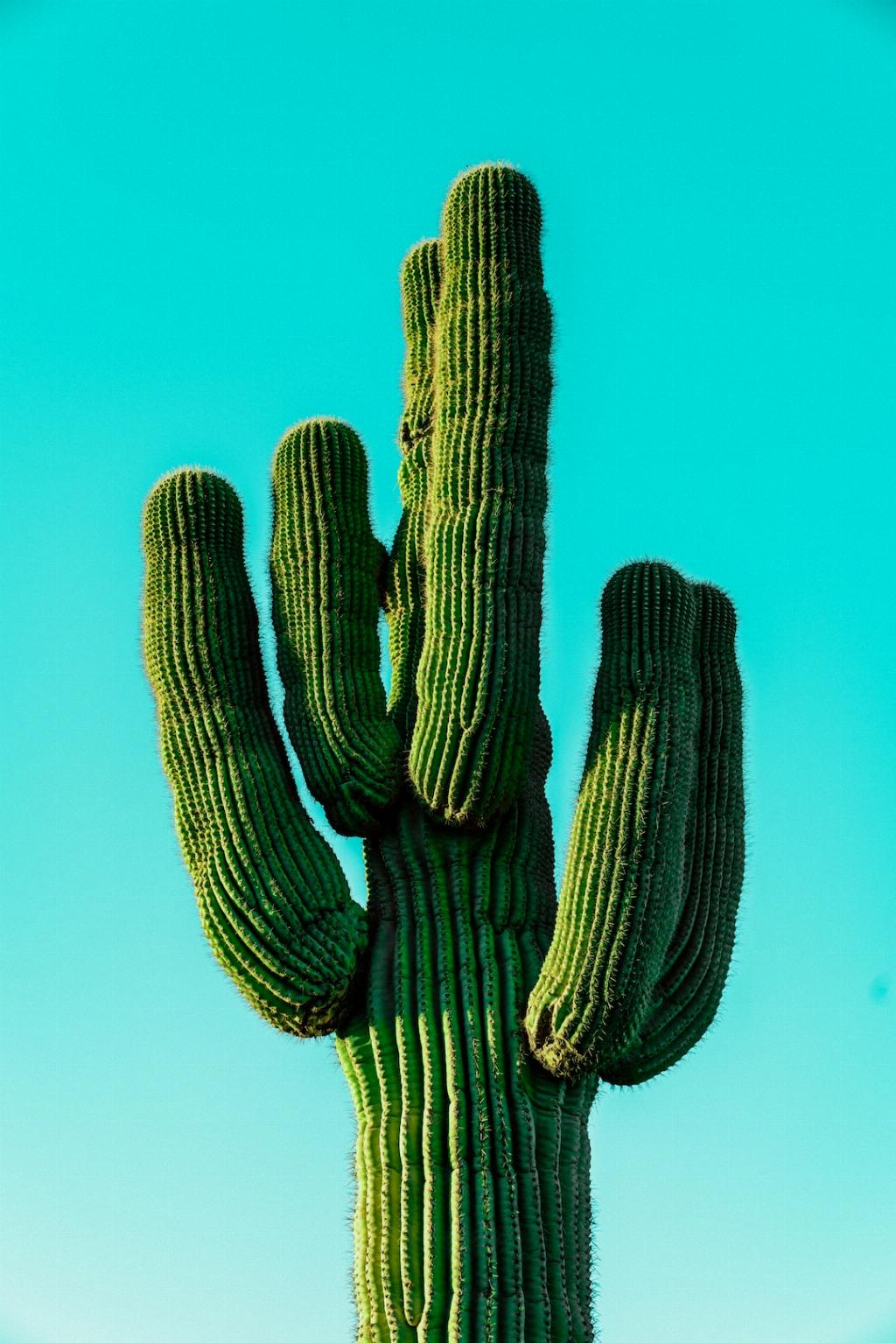Have you ever wondered why cacti have thorns? It is intriguing to think about the evolutionary journey that led these plants to develop such a unique feature. Over time, the leaves of cacti transformed into the spiky spines we now recognize, and this adaptation holds a crucial role in the survival of these plants in arid environments.
The presence of thorns on cacti serves multiple purposes. One of the primary functions is protection. Cacti inhabit regions where herbivores roam, and these herbivores pose a threat to the plant’s existence. The sharp thorns act as a defense mechanism, deterring animals from feeding on the succulent tissues of the cactus.
Furthermore, thorns also play a vital role in regulating the internal temperature of the cactus. In scorching desert climates, excessive exposure to sunlight can lead to dehydration or damage of the plant tissues. The spines cast shadows on the cactus, creating a microclimate that helps in reducing water loss through transpiration and shields the plant from intense heat.
Interestingly, thorns aid in the collection of water for cacti. In regions where rainfall is sporadic and scarce, cacti have evolved mechanisms to capture water efficiently. The spines on the surface of the plant channel dew and rainfall towards the base of the cactus, facilitating absorption and retention of moisture, thereby sustaining the plant during dry spells.
Another aspect to consider is the role of thorns in minimizing competition for resources. In arid environments, where water and nutrients are limited, cacti face fierce competition with neighboring plants. The presence of thorns, which discourages animals from approaching the cactus, also serves to prevent other plants from encroaching on the limited resources available to the cactus.
Additionally, the shape and structure of thorns aid in defense against predators. Some cacti have barbed thorns that can hook onto the skin or fur of animals, causing irritation or injury. This deterrent mechanism ensures that animals think twice before attempting to consume or damage the cactus.
Moreover, thorns contribute to the overall attractiveness of cacti, making them visually appealing in their natural habitat. The intricate patterns and arrangements of spines add a distinct aesthetic quality to these plants, drawing admiration from botanists, photographers, and nature enthusiasts.
Interestingly, the presence of thorns on cacti also serves as a means of adaptation to the environment. As cacti evolutionarily diverged to thrive in dry, harsh conditions, the development of thorns became a crucial aspect of their survival strategy, allowing them to flourish in environments where other vegetation struggles to survive.
The versatility of thorns on cacti is truly remarkable. From defense mechanisms to temperature regulation and water collection, these spiky structures serve multiple essential functions that contribute to the resilience and survival of these unique plants in challenging desert landscapes.
In conclusion, the evolution of thorns on cacti represents a remarkable adaptation to arid environments, offering a fascinating insight into the intricate ways in which plants have adapted to thrive in harsh conditions. The presence of thorns on cacti showcases the ingenuity of nature in developing solutions to overcome environmental challenges, highlighting the incredible diversity and resilience of plant life on our planet.

